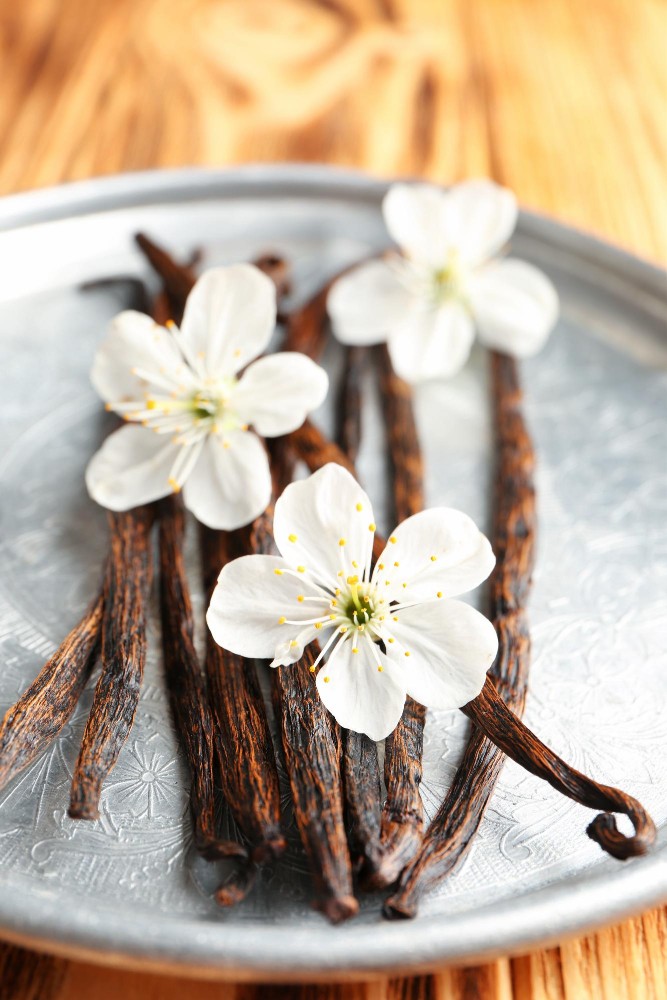The candle industry is evolving, with more and more people seeking eco-friendly and environmentally responsible options. Among the most popular alternatives to traditional waxes, soy wax stands out due to its numerous advantages. In this article, we’ll explore what soy wax is, why it’s a natural alternative to conventional waxes, and how it can be used to create environmentally friendly candles.
What is Soy Wax?
Soy wax is a vegetable wax derived from soybean oil. After extracting the oil from the soybeans, it undergoes hydrogenation, a process that turns the unsaturated fatty acids in the oil into a more stable, solid structure, creating soy wax. This product is used in candle making but also in cosmetics and other industrial products.
Origin and Production of Soy Wax
Soybeans are grown in many parts of the world and are a renewable resource. The primary producers of soybeans are the United States, Brazil, and Argentina. Unlike paraffin wax, which is derived from petroleum, a non-renewable resource, soy wax comes from a plant-based raw material. This renewable aspect is a key advantage for environmentally conscious consumers.
Ecological Benefits of Soy Wax
One of the main attractions of soy wax is its reduced environmental impact compared to synthetic or animal-based waxes. Here are some of its key ecological advantages:
Biodegradable and Renewable Wax
Soy wax is 100% biodegradable, meaning it breaks down naturally in the environment without leaving harmful residues. Unlike paraffin wax, which takes centuries to decompose, soy wax can be disposed of without causing long-term pollution.
Reducing Carbon Footprint
Soy wax production has a significantly lower carbon footprint than paraffin wax, which requires petroleum extraction and refining. Additionally, soy plants absorb carbon dioxide as they grow, helping offset some greenhouse gas emissions.
Sustainably Grown
While soybean cultivation has sometimes been criticized due to deforestation, many initiatives now encourage sustainable farming practices. Increasingly, producers are shifting towards organic agriculture and environmentally friendly methods to minimize the negative impact on ecosystems.
Comparison to Non-Vegetable Waxes
It’s important to understand how soy wax compares to other types of wax, particularly paraffin wax, one of the most commonly used waxes.
Paraffin Wax: Negative Environmental Impact
Paraffin wax is a byproduct of the petroleum industry. While it is widely used due to its ability to burn for a long time and diffuse fragrances effectively, it has several major downsides. Paraffin is a non-renewable resource, and its combustion can release harmful substances such as benzene and toluene, compounds linked to respiratory health issues.
Other Vegetable Waxes and Their Properties
In addition to soy wax, other plant-based waxes like coconut wax, olive wax, and rapeseed (canola) wax are also used for candle making. Each of these waxes has distinct properties in terms of melting point, texture, and burn time. However, soy wax remains one of the most popular options due to its versatility and affordability.
Properties of Soy Wax for Candle Making
Ease of Use and Final Finish
Soy wax is appreciated for its ease of use in candle making. It melts at a relatively low temperature, making it easier to work with, especially for hobbyists or those who want to make their own candles at home. Additionally, soy wax provides a smooth, creamy finish, perfect for creating elegant and professional-looking candles.
Clean Burn and Long Burn Time
One of the main advantages of soy wax is its clean burn. Unlike some waxes that can produce significant soot, soy wax burns without leaving much residue, meaning it won’t dirty surfaces around candles, nor will it release toxins into the air. Additionally, it burns more slowly, allowing candles to last longer.
How to Choose High-Quality Soy Wax
When selecting soy wax, it’s important to check a few criteria to ensure you’re getting a high-quality product:
- Purity of the Wax: Some soy waxes may be blended with other ingredients, such as paraffin. Choose 100% soy wax if you want a completely natural option.
- Ethical Sourcing: Look for brands that guarantee sustainable and ethical soybean cultivation.
- Melting Point: The melting point may vary between batches. A higher melting point is often preferable for candles that burn longer.
Using Soy Wax for Scented Candles
How Wax Affects Scent Diffusion
Soy wax is known for its excellent ability to hold and diffuse fragrances. Unlike paraffin wax, which can sometimes overpower subtle fragrance notes, soy wax allows for a smooth and even diffusion of aromas. This makes it a popular choice for scented candles, as the scents are often more natural and less overpowering.
Additives and Blends to Improve Performance
To maximize the performance of soy wax candles, some manufacturers add additives or blend soy wax with other plant-based waxes. This can improve scent diffusion, adjust the wax's texture, or increase burn time. For example, adding coconut wax can give a creamier texture and enhanced diffusion of essential oils.
Soy wax is a natural and eco-friendly alternative that offers many advantages over traditional waxes, particularly paraffin wax. With its clean burn, ability to hold scents, and reduced environmental impact, it's an ideal choice for those looking to create or buy high-quality candles while respecting the environment. Whether you are a candle-making enthusiast or simply an eco-conscious consumer, soy wax is an excellent compromise between performance and sustainability.
Frequently Asked Questions (FAQs)
Why Choose Soy Wax for Candles?
Soy wax is an eco-friendly, renewable, and biodegradable option. It burns more cleanly than paraffin, without releasing toxins or soot, and provides a longer burn time.
Is Soy Wax Better for Your Health?
Yes, soy wax is considered healthier as it does not release harmful substances like benzene or toluene, which are often associated with paraffin wax combustion.
Can Soy Wax Be Mixed with Other Waxes?
Yes, many manufacturers mix soy wax with other vegetable waxes, such as coconut wax or beeswax, to improve characteristics like texture or scent diffusion.
Is Soy Wax Suitable for Scented Candles?
Absolutely. Soy wax has an excellent ability to hold and diffuse fragrances, making it a popular choice for scented candles.
Is Soy Wax Easy for Beginners to Use?
Yes, soy wax is easy to work with due to its relatively low melting point. It’s ideal for beginners who want to make their own candles.
How Long Does a Soy Wax Candle Last?
Soy wax candles generally burn slower than paraffin candles, extending their lifespan. A soy wax candle can last 30% to 50% longer than a paraffin candle.



